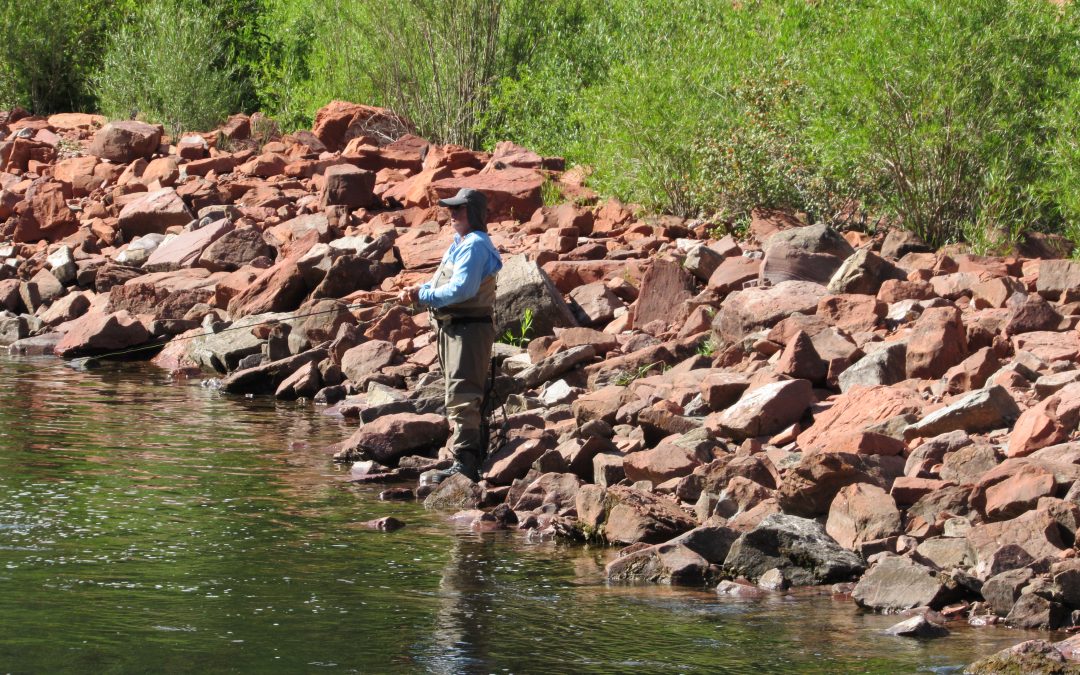More than three years after state health officials okayed the use of so-called graywater in homes and businesses, the public has shown no interest in using it, a fact that has baffled water conservation advocates and government officials.
“Unfortunately it’s had very little impact,” said Jon Novick, an environmental public health administrator for the City of Denver.
The Colorado Department of Public Health and Environment approved Regulation 86, as it is known, in May of 2015. It requires that counties opt into the program, creating their own standards and enforcement mechanisms. But Denver, which adopted the rule in 2016, and Pitkin, which adopted it nearly a year ago, are the only two of Colorado’s 64 counties that have chosen to do this. And despite the two counties’ enthusiasm for water conservation, neither the homeowners nor the businesses they serve have sought permits seeking to capture graywater for a second-time use.
Graywater flows out of bathroom sinks, tubs, showers and clothes washers. Nearly half of water used in homes on average goes to these purposes. Reusing it would generate significant water savings, something health officials and water conservation advocates say is critical as Colorado faces escalating water demands—and potential shortfalls— due to population growth, drought and climate change.
Under Regulation 86, homeowners and businesses can capture graywater and then use it to flush toilets and urinals and to water lawns if those lawns have subsurface irrigation systems. Graywater cannot be used in above-ground sprinkler systems.
Graywater is different than recycled water because it requires little treatment. Recycled water, on the other hand, is heavily treated before it is reused because it contains waste water from toilets and other sources.
Brandie Honeycutt is an environmental protection specialist with the Colorado Department of Public Health and Environment. She said it’s important that the regulation be widely adopted. To that end the state is planning a series of meetings in the first quarter of this year to examine how the program might be changed to broaden its appeal.
Colorado is among 20 states nationwide that allow use of graywater, according to Berkeley, Calif.-based GrayWater Action.
But Colorado’s Reg. 86 has numerous requirements, in some cases making it more burdensome than it is in other states. To use graywater indoors, for example, a home or office needs a dual plumbing system, with one set of pipes carrying treated drinking water, and the other set carrying graywater. Even new developments in Colorado don’t typically incorporate these dual-pipe systems, because they are expensive.
And retrofitting older homes and buildings is costly as well, Honeycutt said.
“You’re never going to see this in old construction because you would have to do a whole lot of rework,” Honeycutt said.
In addition, under the regulation, graywater has to be disinfected and cannot be stored for more than 24 hours.
Douglas County is among the dozens of counties statewide who have opted not to adopt the new rule. Officials there declined to comment on that decision, however a statement on the county’s website cited high costs, possible exposure to pathogens, as well as difficulty enforcing the rules as reasons for their decision not to allow the program in the county.
But those concerns did not prevent Pitkin County from moving forward with the new rule.
“We recognize that a number of other counties haven’t adopted [Reg. 86],” said Kurt Dahl, Pitkin County’s environmental health manager. “Being a leader [in water conservation] we thought it was important to go ahead and adopt them. But since we don’t have any takers, we’re going to have to regroup and see how to move this forward.”
Denver’s Novick and Dahl have several ideas they believe will help the graywater program catch on.
Among them is a tweak that would allow an innovative toilet system — one that doesn’t require dual-piping — to be used. Often seen in other states, the new toilets have a direct connection to a sink, so that once someone finishes washing his or her hands, for instance, the water flows into the toilet tank so that it can be reused for flushing.
This new-age loo eliminates the need for a separate tank to store graywater for toilet flushing, something now required under Reg. 86.
Another idea is to create a grant program that would provide low-interest loans or rebates to encourage homeowners and businesses to install these new toilets and sub-surface irrigation systems.
Similar programs exist to encourage installation of solar energy systems and other green technologies.
“We really need folks to install graywater systems so we can start to prove that they are not going to be a risk to public health,” Novick said. “This will increase the state’s comfort level and then we can come up with other technologies to use. We really want to see this program work.”
Jerd Smith is editor of Fresh Water News. She can be reached at 720-398-6474, via email at jerd@wateredco.org or @jerd_smith.
Fresh Water News is an independent, non-partisan news initiative of Water Education Colorado. WEco is funded by multiple donors. Our editorial policy and donor list can be viewed here.


 Print
Print